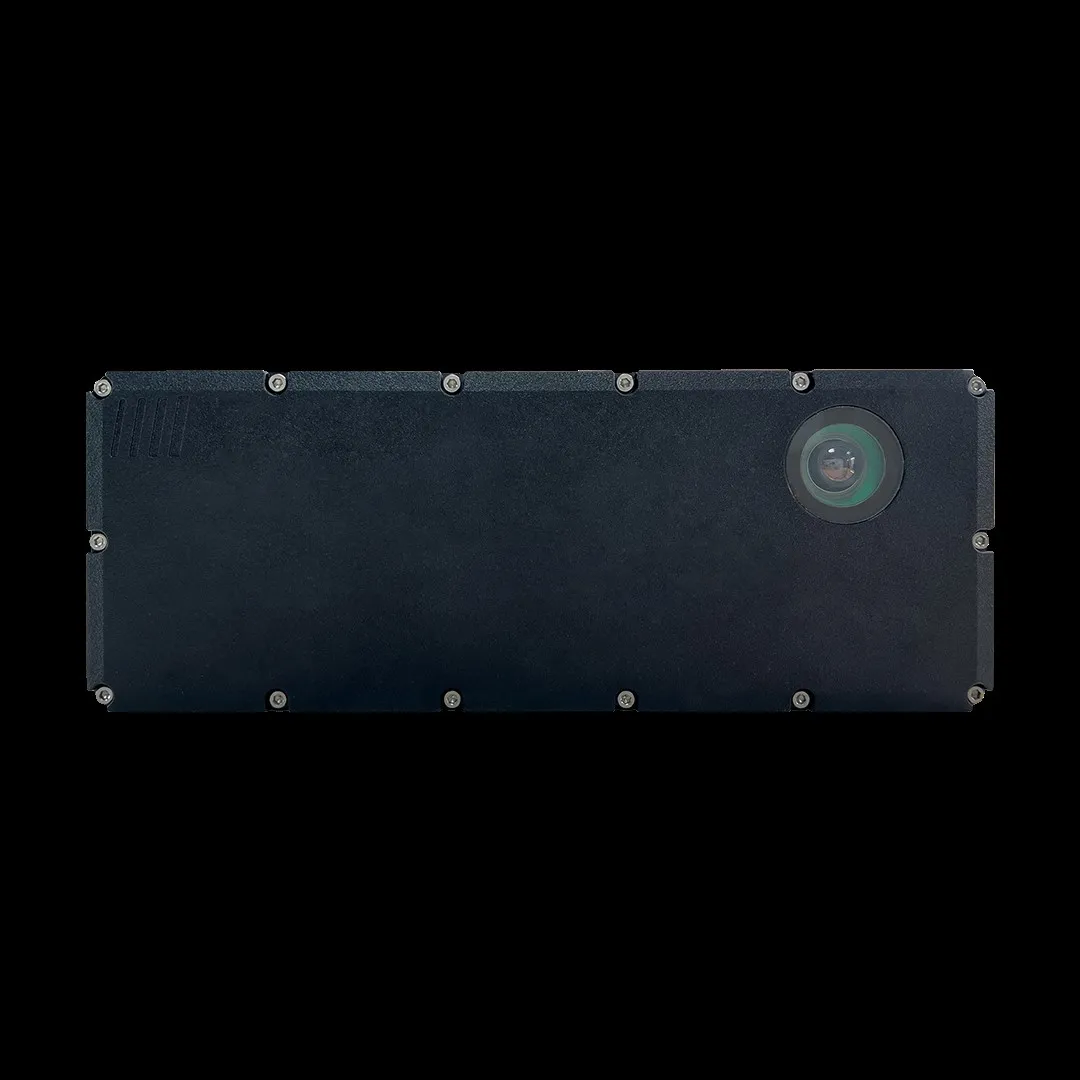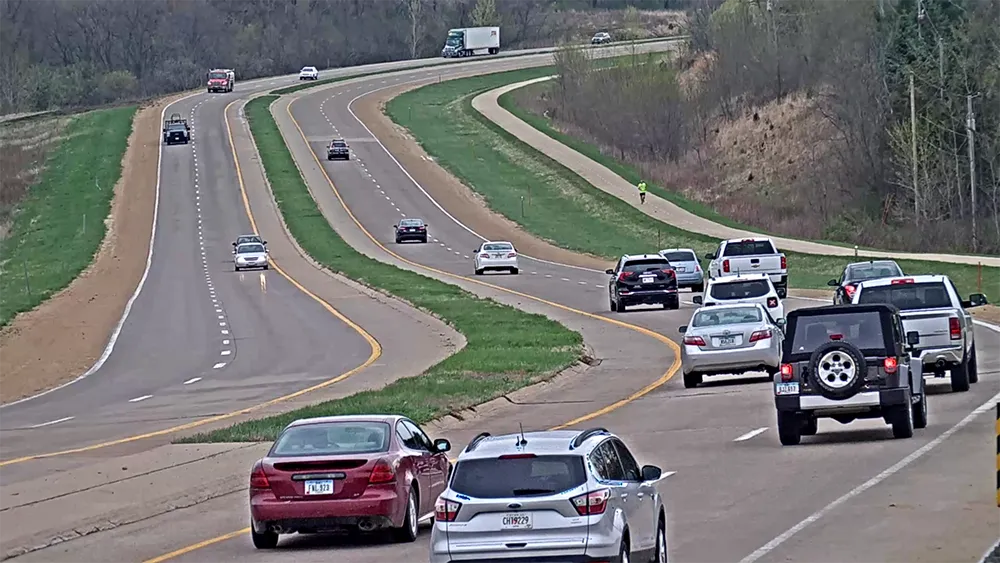Pelco's new Spectra IV IP high-speed P/T/Z camera dome system, featuring H.264 compression, gives users the flexibility to select MJPEG, MPEG4 or industry-leading H.264 compression.
February 6, 2012
Read time: 1 min
"By adding our new Spectra IP TXB-N cartridge into an existing Spectra IV analogue dome system, customers can utilise IP video with H.264 compression without losing analogue viewing and control," says Pelco senior product manager, Brian Lane. "Along with H.264 compression quality, Spectra IV's improved x27 and x35 cameras feature better focus capabilities, a new lens for sharper image quality, and frame noise reduction for a cleaner image, all resulting in a better picture than ever for the customer."










